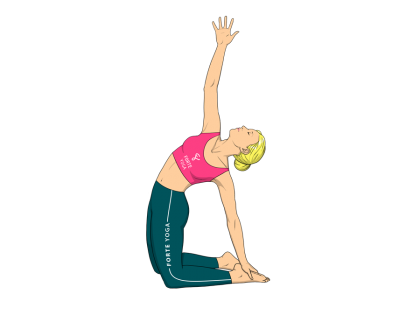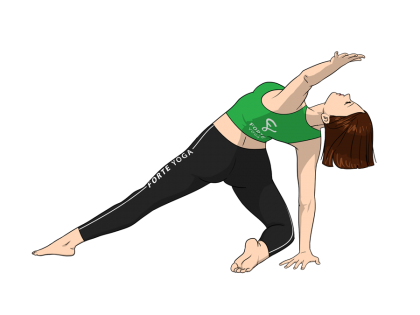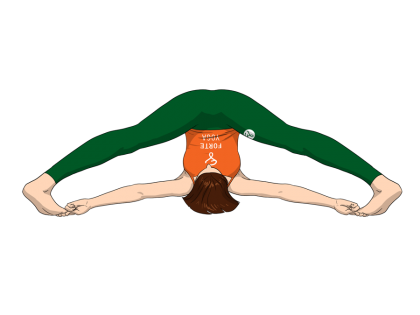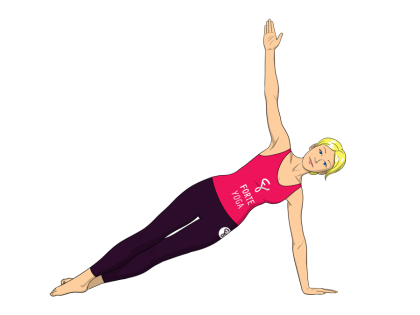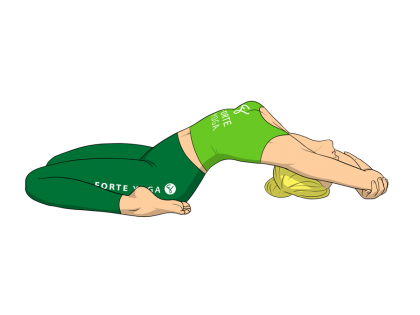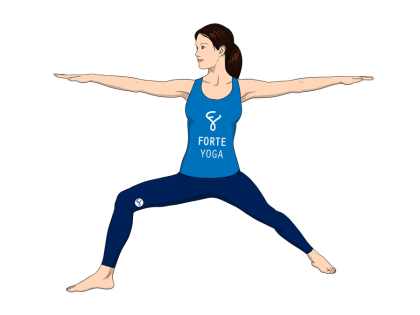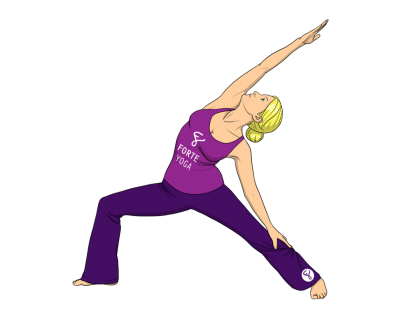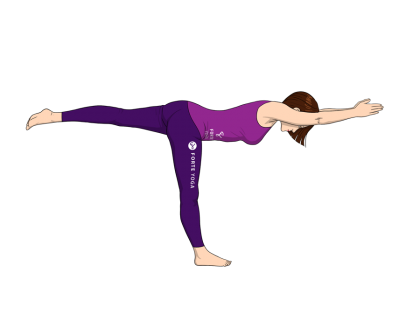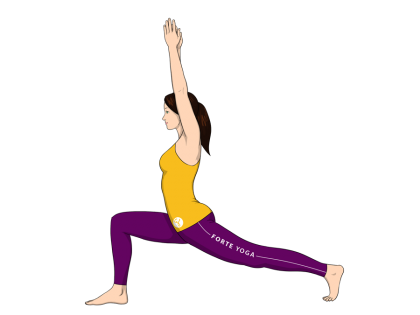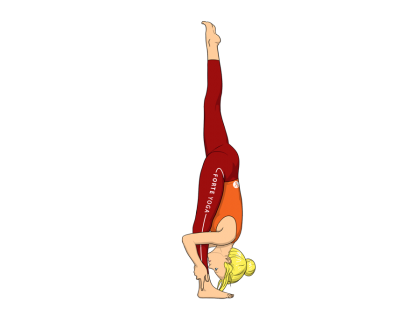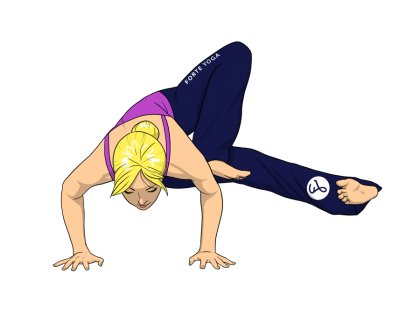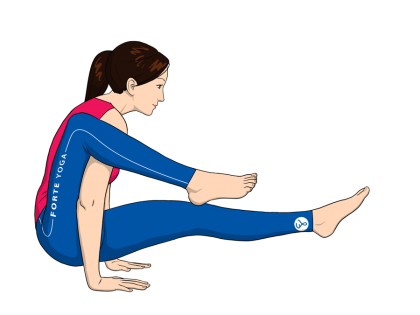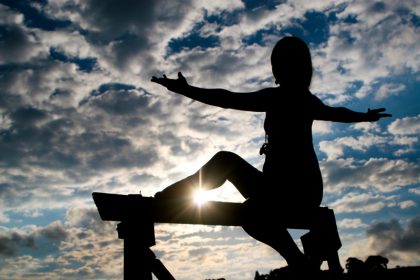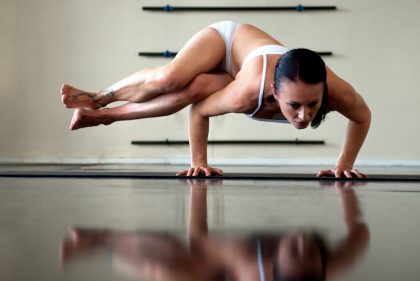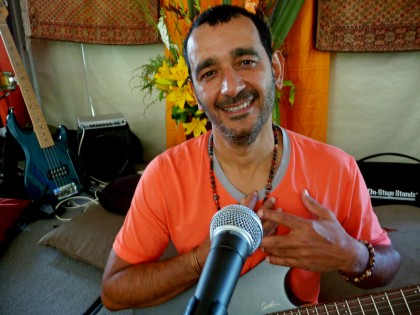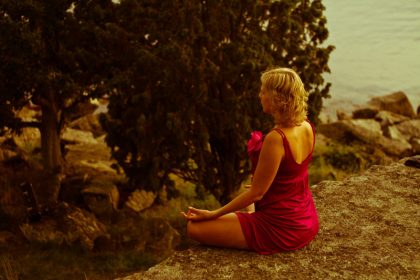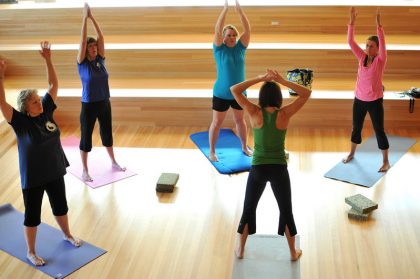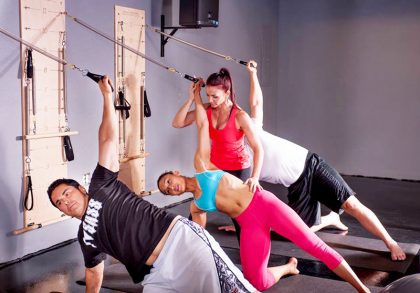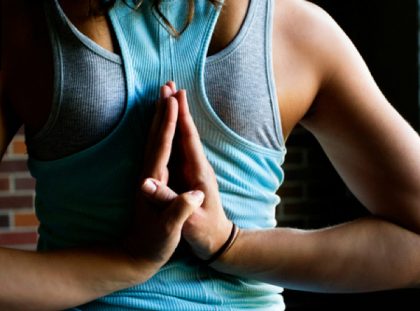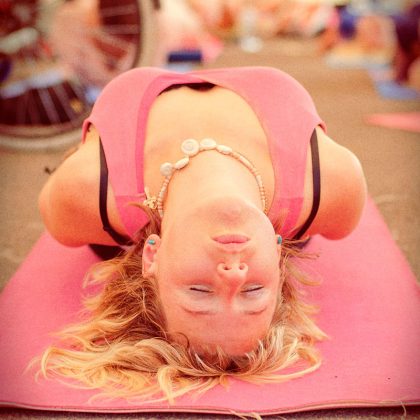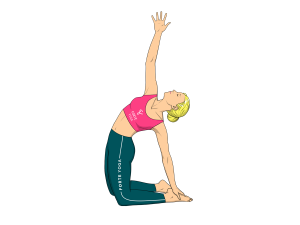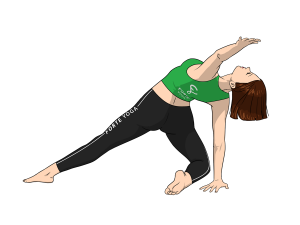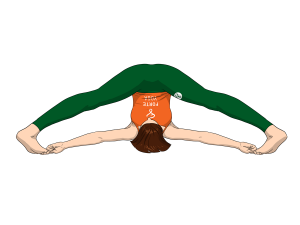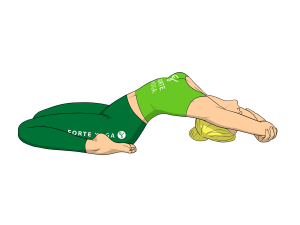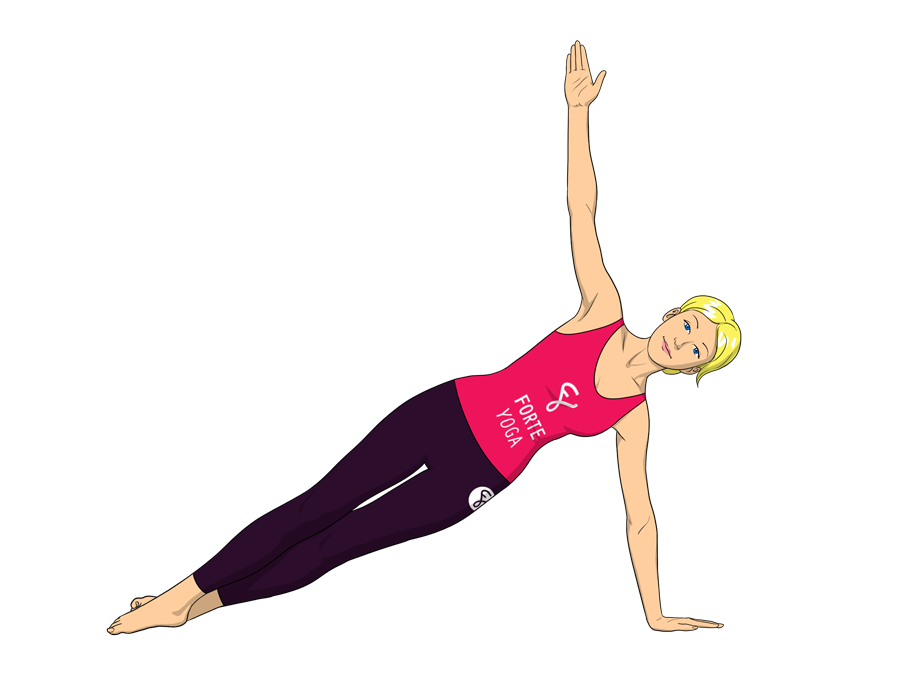
Side Plank Yoga Pose is an arm balance pose that targets the triceps and wrists and is ideal for yogis and yoginis at an intermediate level.
 manipura – the wisdom chakra
manipura – the wisdom chakra[yoga-sharrre]
- Begin by performing the Plank Pose (Adho Mukha Dandasana), extending out through the heels. When you have a strong base, bring the insides of the feet together and lower your heels directly to the right, bringing the entire outside edge of the right foot onto the floor from the little toe to the heel. Your left foot should be stacked directly on top of the right.
- Keeping the right hand firm on the floor, lift your left hand up slowly as you open up your torso to the right. Your right hand and feet should be connected with a straight line. As you turn your torso, lift up at the right shoulder to bring it even with the left shoulder. Place your left hand on your hip.
- Push into the floor with your right hand to straighten and fully extend the arm. Your shoulder, elbow and wrist should still be stacked, or you may move the forward slightly to create an angle which will help with balance. Firm your shoulder blades into the back and draw your glutes and lower back inward. If your left hip is slouching forward, draw it up to stack it on top of the right hip. Your body should be in a straight diagonal line from the heels to the top of the head.
- Lift your arm from your hip and reach it up toward the ceiling, palm facing out to the left along with your face and body, extending through the fingertips. Do not reach your arm straight up to crowd the neck or disrupt shoulder placement. Gaze forward with your head neutral or turn the head to look up at your thumb.
- Hold this position for 15-30 seconds, extending the time if you feel comfortable. Return to the Plank Pose and repeat on the other side.
- Breathe deeply through each step.
- Do not attempt if you have wrist, elbow or shoulder injury.
If you have difficulty balancing, perform Side Plank with the soles of the feet pressed against a wall. If this is still too difficult, try practicing this pose with the bottom leg bent at the knee. When entering the Plank Pose, instead of coming out of all fours and stretching back both legs, only stretch back the left leg. Turn the left foot so that the sole is pressed against the floor, toes pointing out to the left. Open up your torso to the right the same way as described above.
If you’d like to deepen this pose, try the Full Side Plank (Full Vasisthasana).
All Muscles: Biceps, triceps, calves, hamstrings, wrists
Target Muscles: Triceps, wrists
- Improves balance.
- ncreases strength throughout the body.

